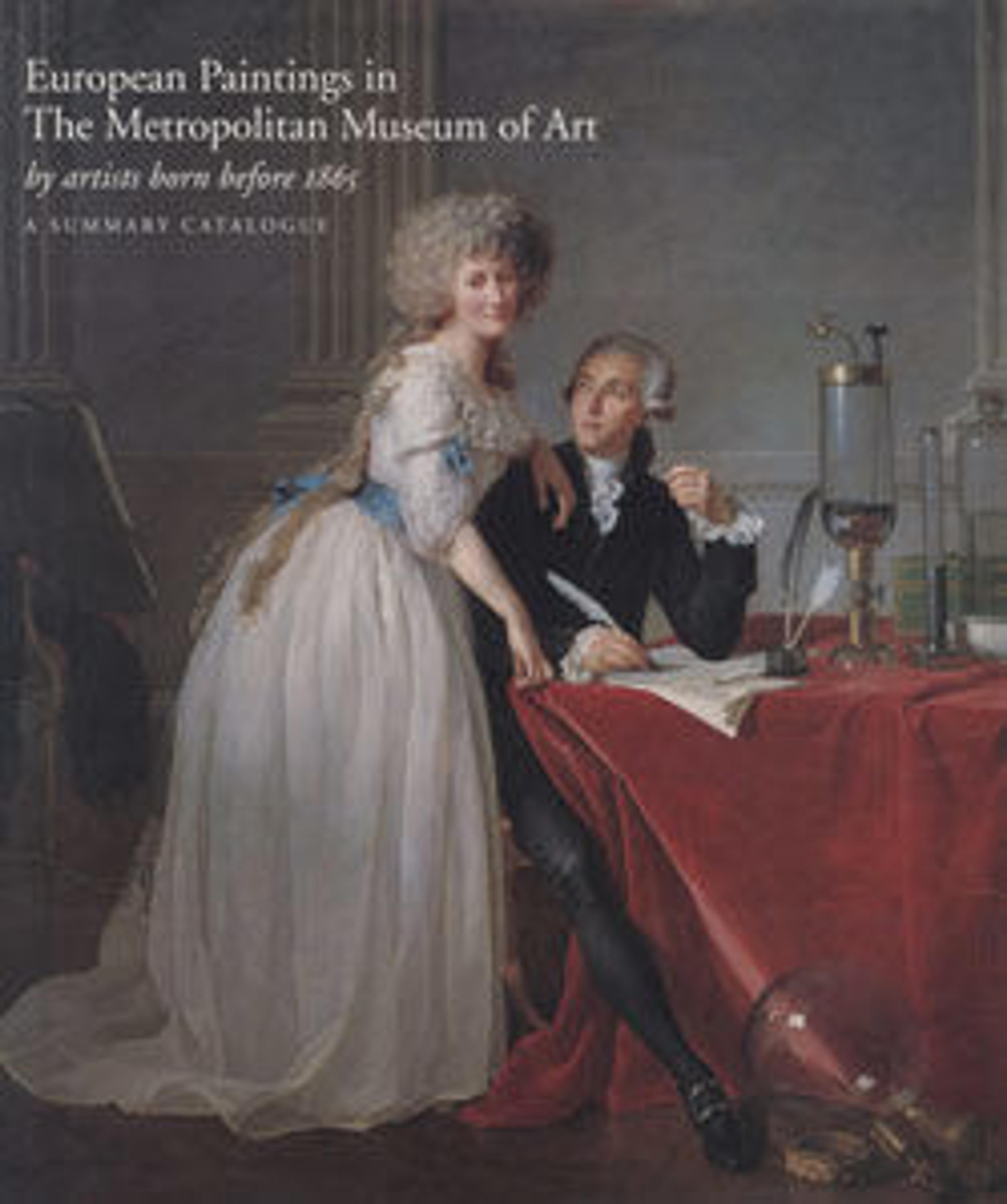Madonna and Child with Saints
The brother of the great Sienese sculptor Jacopo della Quercia, Priamo was a retardataire artist of modest abilities. He was active in Volterra between 1440 and 1467 and the present panels can be tentatively identified with an altarpiece commissioned in 1442 for the church of San Michele. The center Madonna and Child is based on a composition by Taddeo di Bartolo. Aside from the fact that the right side of the center panel has been cut, the pictures are in remarkably good condition.
Artwork Details
- Title: Madonna and Child with Saints
- Artist: Priamo della Quercia (Priamo del Pietro) (Italian, Sienese, active 1442–67)
- Date: ca. 1442
- Medium: Tempera on wood, gold ground
- Dimensions: Central panel 43 1/4 x 22 1/2 in. (109.9 x 57.2 cm); left wing 45 1/2 x 22 in. (115.6 x 55.9 cm); right wing 45 1/4 x 22 1/4 in. (114.9 x 56.5 cm)
- Classification: Paintings
- Credit Line: Gift of George Blumenthal, 1941
- Object Number: 41.100.35–37
- Curatorial Department: European Paintings
More Artwork
Research Resources
The Met provides unparalleled resources for research and welcomes an international community of students and scholars. The Met's Open Access API is where creators and researchers can connect to the The Met collection. Open Access data and public domain images are available for unrestricted commercial and noncommercial use without permission or fee.
To request images under copyright and other restrictions, please use this Image Request form.
Feedback
We continue to research and examine historical and cultural context for objects in The Met collection. If you have comments or questions about this object record, please complete and submit this form. The Museum looks forward to receiving your comments.
